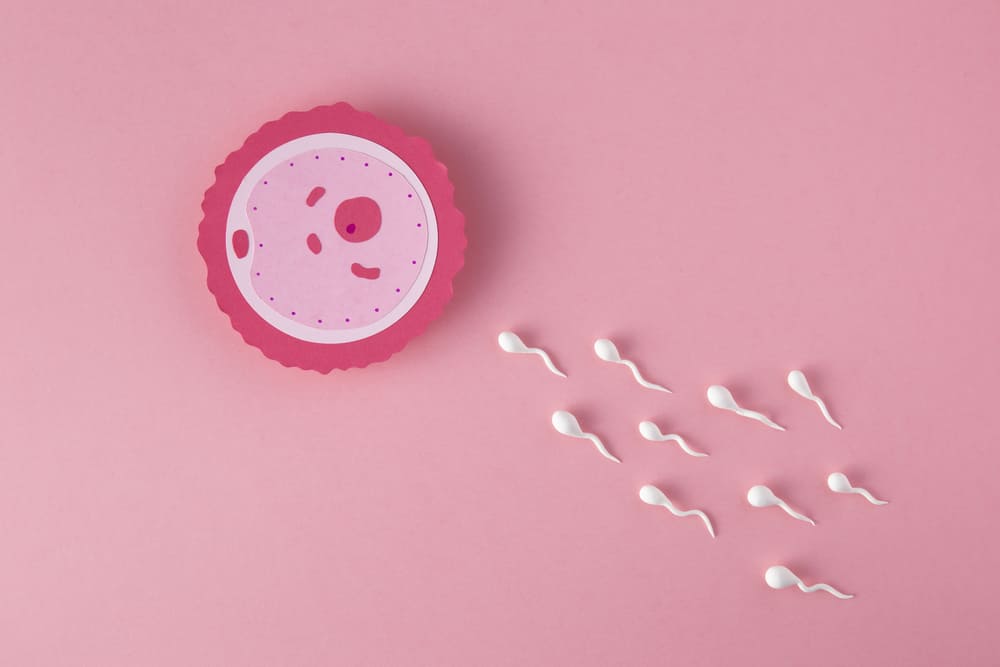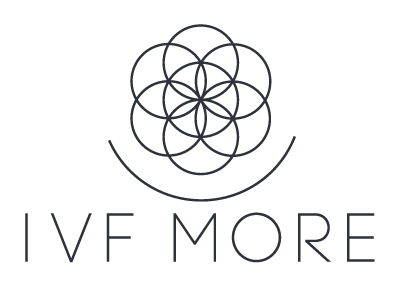IVF MORE® vs Traditional IVF: Understanding the Key Differences
December 2024

When it comes to assisted reproduction, In Vitro Fertilization (IVF) has long been a leading solution for couples and individuals facing infertility challenges. However, advancements in assisted reproductive medicine have introduced innovative techniques designed to improve success rates and outcomes. IVF MORE® is one such groundbreaking development, offering new possibilities for those seeking to maximize their chances of having a baby.
But how does IVF MORE® differ from traditional IVF? In this article, we’ll explore the key differences that set these two approaches apart and who benefits from each of them.
What is Traditional IVF?
Traditional IVF is a widely practiced assisted reproductive technology (ART) that involves retrieving eggs from a woman’s ovaries and fertilizing them with sperm in a laboratory. The resulting embryos are then cultured and one or more are transferred to the uterus to achieve pregnancy.
Key Steps in Traditional IVF:
- Ovarian Stimulation: Hormonal medications stimulate the ovaries to produce multiple eggs.
- Egg Retrieval: Eggs are collected through a minor surgical procedure.
- Fertilization: Sperm is combined with the eggs in the lab to facilitate fertilization.
- Embryo Culture: Fertilized eggs develop into embryos over several days.
- Embryo Transfer: A selected embryo is transferred to the uterus, with the hope of implantation and pregnancy.
Traditional IVF has been a successful method for many families worldwide, but not all cases result in pregnancy. Factors such as age, egg quality, and underlying health conditions can affect outcomes. This is where IVF MORE® offers a new approach.
What is IVF MORE®?
IVF MORE® (Magnetic Ovulatory Restoration) represents the next step in IVF technology, addressing one of the most significant challenges in fertility treatments: poor egg quality. This innovative technique integrates regenerative medicine, advanced micromanipulation, and magnetic field technology to enhance egg quality and improve embryo development.
IVF MORE® is designed for individuals who may have experienced previous IVF failures or whose egg quality has declined due to age or medical conditions such as endometriosis or polycystic ovary syndrome (PCOS).
The IVF MORE® Process:
- Egg Collection and Banking: After hormonal stimulation, eggs are collected to maximize quantity and quality, then frozen within six months. Only one egg is needed to proceed with IVF MORE®.
- Metabolic Diagnosis: Each egg’s metabolic health is assessed to determine energy levels and division potential, identifying those with the highest likelihood of successful development.
- Oocyte Restoration: Poor-quality eggs receive an infusion of growth factors and energy components derived from the patient’s own cells to improve egg quality and reduce genetic risks.
- In Vitro Fertilization (IVF): The PICSI (Physiological Intracytoplasmic Sperm Injection) technique selects the strongest sperm, enhancing fertilization success.
- Magnetic Field Culture: Restored eggs are cultured in a magnetic field to optimize energy use and promote proper cell division, increasing embryo viability.
- Embryo Transfer: The uterine lining is prepared with hormones for optimal embryo implantation, and regenerative medicine may be used to enhance pregnancy success.
Key Differences Between IVF MORE® and Traditional IVF
1. Focus on Egg Quality
- Traditional IVF: Relies on retrieving as many eggs as possible to increase the chances of fertilization. However, the quality of the eggs retrieved is not directly addressed.
- IVF MORE®: Specifically targets egg quality by revitalizing oocytes (eggs) through cytoplasmic transfer and magnetic field stimulation, creating optimal conditions for successful fertilization and embryo development.
2. Patient Profiles
- Traditional IVF: Suitable for individuals with regular ovulation and healthy ovarian reserve.
- IVF MORE®: Designed for patients with poor egg quality, diminished ovarian reserve, repeated IVF failures, and those over 35.
3. Technology and Techniques
- Traditional IVF: Uses standard laboratory fertilization and culture techniques.
- IVF MORE®: Incorporates advanced technologies such as regenerative medicine, stem cell applications, and magnetic micromanipulation to enhance egg and embryo viability.
4. Success Rates
- Traditional IVF: Success rates vary depending on the patient’s age and fertility condition.
- IVF MORE®: Offers higher success rates, especially for individuals who have previously experienced IVF failures or poor embryo development.
5. Addressing Age-Related Infertility
- Traditional IVF: Age-related infertility remains a significant barrier, as egg quality declines with age.
- IVF MORE®: Aims to counteract age-related decline by restoring the health of aging eggs, offering new hope for older patients.
Is IVF MORE® Right for You?
If you have experienced unsuccessful IVF cycles, are over the age of 35, or have been diagnosed with conditions like endometriosis or PCOS, IVF MORE® may provide a solution that traditional IVF cannot. Consult with our fertility specialists who can help determine if this cutting-edge technique aligns with your reproductive goals.
Conclusion
IVF MORE® stands at the forefront of reproductive medicine, offering enhanced solutions for individuals facing complex fertility challenges. By focusing on egg quality and leveraging innovative technologies, IVF MORE® significantly improves the chances of achieving a successful pregnancy.
At IVF MORE, we are committed to helping patients navigate their fertility journey with the most advanced and effective treatments available. If you’re interested in learning more about IVF MORE®, don’t hesitate to reach out to our team of specialists.Your dream of having a baby may be closer than you think.
